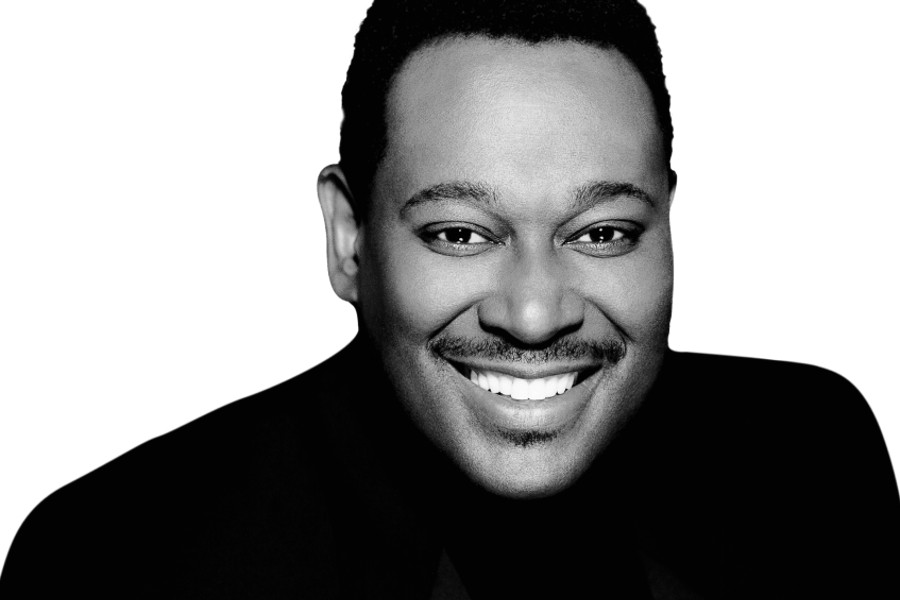
As technology continues to evolve, the world of video production is constantly pushing the boundaries of what’s possible.
The latest milestone is 8K resolution, a significant leap beyond the already impressive 4K standard. But is 8K truly necessary?
8K resolution delivers an astonishing 7,680 x 4,320 pixels, quadrupling the pixel count of 4K and offering sixteen times the resolution of 1080p HD. In theory, this translates to sharper images, more detailed textures, and enhanced clarity. However, how much of this potential is actually realized in practical applications?
For professionals in cinema, special effects, and large-scale productions, 8K can be a game-changer. This resolution allows for extensive post-production work, such as cropping, zooming, and stabilizing footage, all without compromising image quality. It enhances the immersive, cinematic feel of modern films, elevating the viewer experience in theaters.
But what if you’re not working on high-end productions with massive budgets? What if, like me, you’re a videographer focused on video production for the internet and social media? I currently shoot footage in 4K, but unless otherwise requested, I typically edit and render most of my content in 1080p. This approach allows me to crop, zoom, and display half of the image I’ve shot without any loss in resolution.
It’s worth noting that over 90% of online video is consumed on mobile devices. Most smartphones, tablets, and laptops still have a maximum resolution of 1080p, and portable devices with higher resolutions tend to be very expensive. While the human eye can discern the difference between 8K and 4K, this is only evident if you have high visual acuity or if you’re viewing the screen from an extremely close distance. For example, to fully appreciate the detail on a 50-inch 8K display, you’d need to sit just two feet away.
- The Mayor Op-Ed: Updated Financial Plan Prioritizes Working-Class New Yorkers For Safer, Affordable City
- Touro College Of Osteopathic Medicine Student Wins Scholarship Honoring Black And Hispanic/Latinx Students
- bb.q Chicken Brings ‘Taste Of Korea’ To Democracy Prep In Harlem
- District Council 9 Launches Recruitment For Metal Refiner Apprenticeship Program
- NYC Health Department Releases 2023 Annual Report On Hepatitis A, B, C
The shift to 8K also presents significant challenges. First and foremost, 8K footage demands immense storage capacity and computing power. Editing 8K video can strain even top-tier workstations, requiring substantial investments in hardware. Additionally, storage requirements skyrocket, with hours of 8K footage easily consuming terabytes of space.
So, is 8K necessary? For most videographers, the answer is probably no—not yet. Unless you’re involved in high-budget productions or require extreme detail for neich projects, 4K remains more than sufficient, and 1080p is still highly relevant.
In conclusion, while 8K is an impressive advancement with undeniable benefits, it’s not essential for everyone. As with any new technology, it’s crucial to assess whether the advantages align with your specific needs, capabilities, and associated costs before making the leap.
Become a Harlem Insider!
By submitting this form, you are consenting to receive marketing emails from: . You can revoke your consent to receive emails at any time by using the SafeUnsubscribe® link, found at the bottom of every email. Emails are serviced by Constant Contact








